“In the Journal of Psychosomatic Obstetrics and Gynecology, Field (2010) published a study demonstrating that regular massage during pregnancy results in: decreased anxiety, improved mood, reduced back pain, improved sleep patterns, reduced stress hormone levels, fewer complications during labor and fewer complications for infants following birth.”- Trish DeTura, RN, CNM, MS Read more from the article A Midwife’s Voice: Mindbody Care for Pregnancy and Birth
The Arvigo Techniques of Maya Abdominal Therapy® (ATMAT) protocol suggests starting treatments three months prior to trying to conceive, read why here. Don’t fret if you are already pregnant, it’s never too late to start.
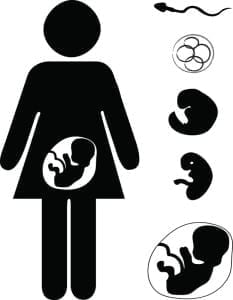
The following information is for educational purposes. The Arvigo® portion in this article is based on the years of experience and training of the founder of the Arvigo® techniques, Dr. Rosita Arvigo, and the experienced midwives and healers she has studied with. There isn’t any scientific studies on the effectiveness of these techniques, only anecdotal evidence from practitioners and clients from around the world.
The following is a general guideline and should be modified for each individual depending on their situation. It’s always best to work in partnership with a qualified health care professional.
Preconception: Start three months prior to trying to conceive. Ideally, twice in the first month and once a month after that for a total of four treatments over the course of three months. You will learn the self-care abdominal massage at your first appointment. If you can’t find a practitioner near you, I teach abdominal self-massage in my online Womb Care course.
In addition to abdominal massage I coach clients in whole body alignment to prepare the body, reduce excess loads on the linea alba to prevent Diastasis Recti and to increase pelvic floor responsiveness. I also recommend the Healthy Pelvis download for clients who are preparing to get pregnant. Ideally, you would start your alignment and squat prep program before you conceive. You wouldn’t start training for a marathon the month prior to the race, would you? Your body has adapted to how you have been using it for decades. You need to give your tissues time to adapt.
First 20 weeks of pregnancy: Regular massage is fine, but no lower belly massage in the first 20 weeks.
20 to 37 weeks: Pregnancy massage at least once a month. At this point, you will learn the pregnancy-specific self-care massage that you can do on your own at least five times a week and during labor. Make sure you find a practitioner who has taken the advanced pregnancy care training.
Arvigo® practitioners do not reposition the babies, their focus is the uterus. If you’re worried about the position of the baby talk to your midwife and/or check out the Spinning Babies website. An acupuncturist may also be able to help by using moxa on BL 67 point for turning breech babies.
38 weeks and beyond: Abdominal massage twice a week. Specific massage techniques will be applied to prepare the body for birthing.
“To ensure easy delivery, mothers are advised to be active, walk a lot, and get lots of fresh air. Maya women also eat six pieces of raw okra or take half a cup of desert nopal juice once daily for ten days before their due date. The slippery substance makes for an easy birth and has been a part of Maya midwifery care since ancient days.During labor midwives administer as much hot allspice tea as the woman can consume. She continuously sips on the warm tea to ease the pains and to ensure steady progress. Midwives boil three tablespoons of allspice berries in a quart of water for ten minutes. They let it steep for fifteen minutes, strain it, and place in a thermos.” Dr Rosita Arvigo – From Rainforest Home Remedies
Labor: ATMAT can be beneficial during labor and is applied in between contractions. Copal is traditionally used to give the woman courage and to keep the vibration in the birthing room sacred.
Check out Dr. Aviva Romm’s article on Herbs for an Easy Labor.
You may want to also check out Help engage baby in labor article by Spinning Babies.
Also, I can’t stress enough how important it is to have a doula during your labor process! “A doula is a woman who has been trained to provide emotional support, physical comfort measures and informational resources for women and families during their labor. A doula acts as an advocate for the woman and her desires for her labor and birth.” Ishell Neville, birth doula read more here.
Maya midwives recommend women apply warm olive oil to the inside of the thighs and perineum in the weeks leading up to labor and during labor to help prevent tearing.
Here’s a wonderful article by Dr. Aviva Romm, MD, Labor Induction: The Low Down on Natural Approaches from a Midwife-MD
Postpartum: Avoid cold! Traditional treatments include “Roasting The Mother,” which is a warming treatment that helps to bring chi back into the body. In my treatment room, I have the new mama lie on the Biomat, on a high setting, covered in a blanket. The treatment may also include moxa to the sacrum and womb, warm stones on the belly, craniosacral therapy, massage and closing of the bones. It’s believed that during childbirth, the mama opens up on many levels for the baby to come through, physically and energetically. The closing of the bones is a comforting treatment that helps seal the gateways that have opened up during childbirth. This treatment may start three days postpartum.
In general, abdominal massage can be applied by your certified Arvigo® practitioner six weeks postpartum, eight to ten weeks after a cesarean birth. Postpartum self-care massage may start at 12 weeks as directed by your ATMAT practitioner.
“There are many herbs that can be used to soothe tender perineal tissue, heal tears and episiotomies (yes, you CAN take herb baths if you’ve had stitches!), reduce inflammation, and even shrink hemorrhoids after vaginal birth.” Dr. Aviva Romm. Read more here, Healing Herbal Baths for New Mama,

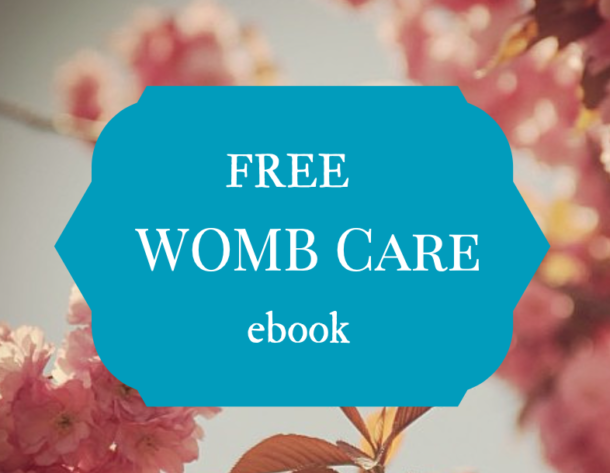



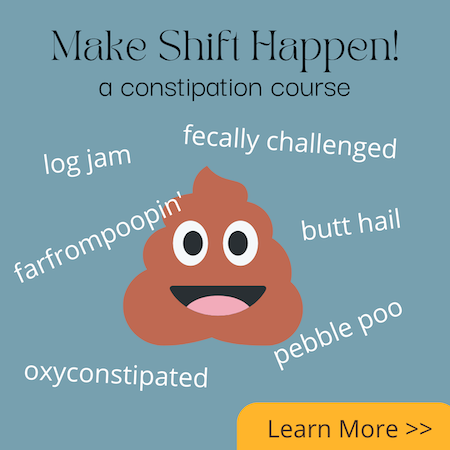
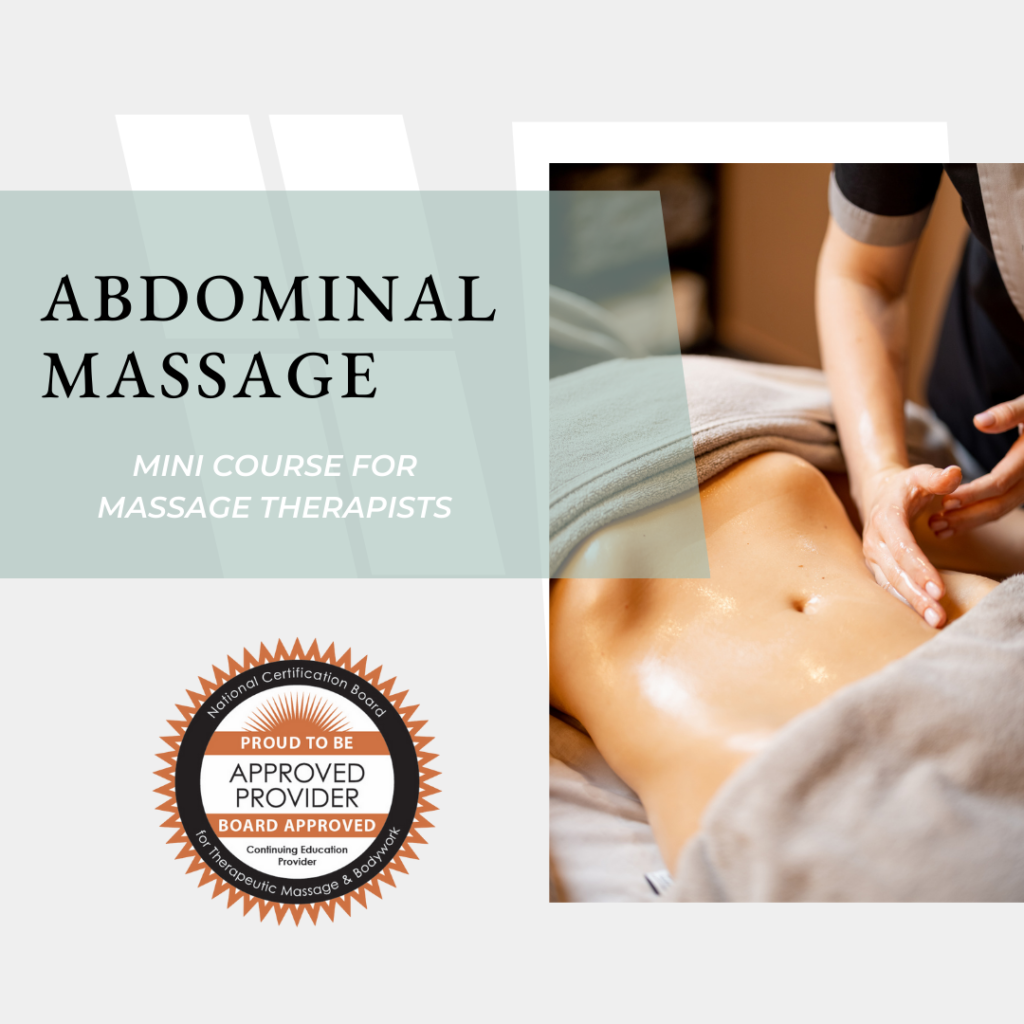
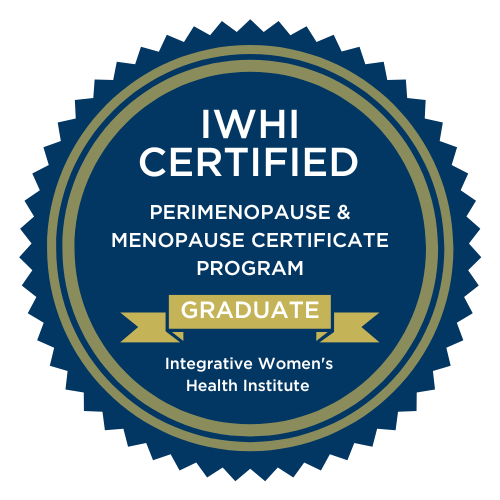
Thanks for sharing. The practices are similar to the traditional Malay postpartum care here in Singapore. I will be interested to find out more on pregnancy specific self care massage.